DISCIPLINE: Geoscience
COURSE LENGTH: 5 Days
CEUS: 4.0
AVAILABILITY: Public, In-House, & Live Online
COURSE DESCRIPTION: This five-day seminar is designed to provide professionals with a modern awareness of the spectrum of deep-water sedimentation, stratigraphy and depositional environments. Taught from the perspective of an upstream oil and gas business unit, diverse industry datasets are used throughout the course to illustrate the broad variation of deep-water sedimentation and the implications for petroleum reservoirs and their quality. This course explores the transport processes and depositional products in a variety of deep-water depositional systems along active and passive margins using outcrop, core, borehole image and seismic data.
This course is designed to give industry professionals an appreciation of the predictive attributes of deep-water sedimentation, stratigraphy and resulting petroleum reservoirs, as well as knowledgeable insight into the scale of the wide range of deep-water depositional environments. This course draws from materials presented in field courses to world-class outcrops and petroleum basins in North America, Europe and Asia Pacific.
The modifying term “deep-water” is often misunderstood, and it does not imply that these types of rocks are found only in modern offshore environments. Rather, many of the petroliferous basins onshore today are filled with shallow- and deep-water marine and freshwater (lacustrine) strata including turbidites and intervals of interbedded mudstone.
Participants of this course will receive the “Deepwater Sedimentary Systems: Science, Discovery, and Applications First Edition” textbook (Aug 2022). View a review of the textbook by the University of Houston here: Textbook Review
LEARNING OUTCOMES:
- Describe transport and depositional processes for the different types of sedimentary deposits that function as important parts of a total petroleum system.
- Characterize turbidites, debrites, transitional to hybrid flow type deposits, reworked deposits and contourites, hemipelagic to pelagic deposits and describe their distribution in deep-water environments.
- Understand the different types of deep-water siliciclastic depositional environments for turbidite, debrite, contourite, mass-transport and mixed depositional systems and their implications to petroleum reservoir architecture and reservoir quality.
- Use lithofacies analysis to understand 3D variations in rock properties pertaining to reservoir type, reservoir quality, and seal.
- Understand how grain-scale variations largely determined by sedimentary provenance, weathering and transport factors affect reservoir quality.
- Integrate seismic, outcrop, core, and other oil and gas industry data at multiple scales to learn about sedimentary transport processes and depositional products.
- Use modern and ancient deep-water depositional systems to understand geologic risk and uncertainty pertaining to reservoir presence, reservoir quality and seal presence.
- Apply predictive attributes to deep-water sedimentation and stratigraphy in the context of reservoir appraisal and development.
- Build 2D and 3D depositional models using first principles to characterize deep-water reservoir and non-reservoir properties.
- Apply provenance (petrography, geochemistry, geochronology), source-to-sink transport and sequence stratigraphic methods to marine and deep-water sediment delivery.
- Understand the context, limitations, and utility in datasets used to perform seismic interpretation, reservoir characterization, core analysis, geophysical log interpretation, sequence stratigraphy, play fairway mapping, risk and uncertainty analysis, gross depositional environment (GDE) mapping, STOOIP calculation, and oil and gas exploration methods.
